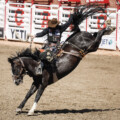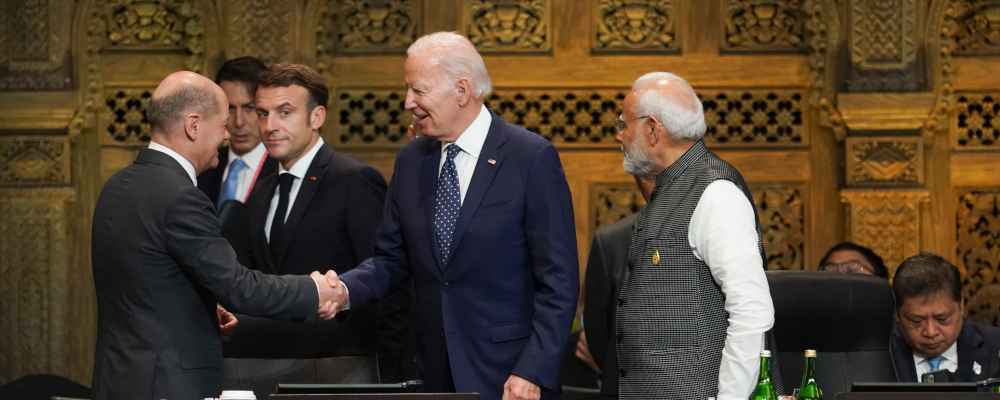Political realism has taken centre stage in international relations, led by political science professor John Mearsheimer at the University of Chicago.
He claims the old liberal world order dominated by the U.S. after the fall of the Soviet Union is over. The unipolar world ended in 2019, and on the horizon is a multipolar world where the U.S. will now have to share world leadership with Russia and China. Realists believe America’s ambition to spread democracy worldwide has failed miserably, and it’s time to retrench, stop futile wars, and protect the homeland. Democracy is losing around the world as the number of democratic nations declines. Since 1989 the U.S. has been at war for 20 years with little to show for it. The new world or order will look more like pre-WW1 when a few big European countries maintained a balance of power. Mearsheimer sees a new realist international order taking shape.
The move to retrenchment isn’t restricted to the Right. The Koch Foundation and George Soros now co-fund the Quincy Institute for Responsible Statecraft. The plan is to shift U.S. foreign policy and bring home most of America’s 180,000 troops worldwide. Only American isolationism could bring the likes of Donald Trump and Noam Chomsky together.
A realist world looked possible just a few years ago; then Russia invaded Ukraine and China’s economy stalled, putting the realist agenda on permanent hold.

Rather than regain its lost empire, Russia looks on the verge of collapse. Putin’s disastrous war in Ukraine has exposed the country for what it is: a deeply corrupt nation on the road to political and economic disintegration. When Putin called on his people to fight in Ukraine, a million men fled. And only two former Soviet republics have come to his aid, Belarus and Kyrgyzstan—hardly the basis to form a centre of political domination in Eurasia. Even India’s Prime Minister Modi is pulling away despite the cheap oil and gas India now gets from the Kremlin.
Yet Mearsheimer keeps hammering away that NATO provoked Russia to invade, a tiresome story nobody is buying. Vladimir Putin is not the leader Machiavelli had in mind when he wrote The Prince. Putin is just a brutal thug with no talent for hiding his intentions. People will follow a ruthless leader who wins, but the end is never far away for one who loses.
Realists also want the U.S. to pull out of Europe, arguing that NATO countries are more than capable of arming and defending themselves from Russia. Here realists have point. Freeriding has been a favourite sport for European countries since the end of Soviet communism. This is just welfare for the rich, and it must stop.
But if the U.S. had left when realists pushed their case a decade ago, can anyone doubt that Putin would have moved in earlier? Even after February 24, Europeans seemed willing to sacrifice Ukraine to buy peace with Putin. Only President Zelensky’s courage to stay and fight shamed the West into supporting his country when he said, “I don’t need a ride, I need ammunition.” With that one statement, he put a lie to the realist philosophy that only nations matter and individual action doesn’t move world history.
China’s rise over the past four decades is a miracle of growth and prosperity without parallel in human history. Pulling hundreds of millions out of the depths of poverty is one of the extraordinary success stories in modern history. But this happened because Chinese leaders, after the cultural revolution, had the courage to abandon the failure of Marxism-Leninism. Capitalism made China rich; now, President Xi Jinping is determined to make China poor again.
But as rich as China has become, we now know that a good part of its wealth was an illusion. We’ve always known that Beijing has been cooking the books, and now we have proof. It may take 30 years to overtake the U.S. economy, if at all. Xi’s claim that China will lead the world is reminiscent of Soviet leader Nikita Khrushchev’s boast that the Soviet Union would bury the U.S. There was a time in the ’80s when Japan would overtake the U.S. as the biggest economy. Both failed, and China is on the same path given how it has managed its real estate mess and covid outbreak. Even its grand Belt and Road program is making more enemies than friends.
Now that Xi and Putin have sworn undying friendship to blunt the spread of liberalism, there’s no better endorsement of the values of democracy. Liberalism is hard work, but brutal authoritarianism will prove much more expensive.
Recommended for You
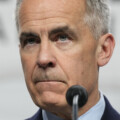
The Notebook by Theo Argitis: Mark Carney’s first major tests
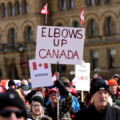
Ben Woodfinden: Lament for an ‘elbows up’ nation
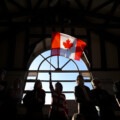
‘Can we actually be an independent country?’: Michael Ignatieff on the 60th anniversary of Lament for a Nation

Michael Bonner: Are we witnessing the last gasp of Iran’s Islamic Republic?
